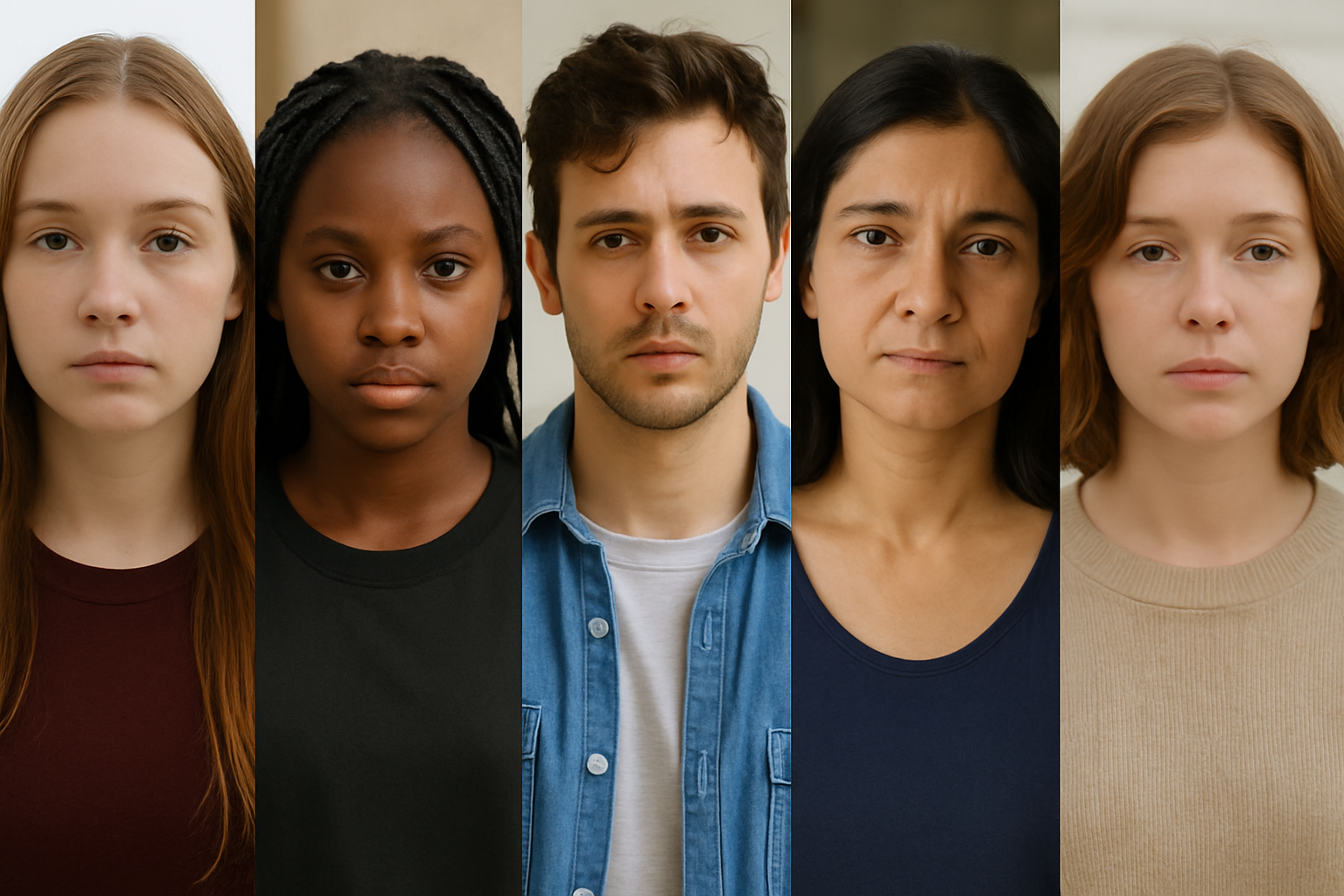Clearing up confusion to protect lives and empower communities
Human trafficking is one of the most misunderstood crimes in our world today. Many people picture dramatic movie scenes—chained victims in dark basements, foreign cartels, and violent abductions. While those situations do happen, they are only a small piece of a much bigger—and often more hidden—reality.
Let’s set the record straight. The more clearly we understand what trafficking really is, the better we can prevent it, spot it, and stop it.
What Is Human Trafficking?
According to the U.S. Department of Homeland Security, human trafficking is:
“The use of force, fraud, or coercion to obtain some type of labor or commercial sex act.”
— DHS Blue Campaign
If the victim is under the age of 18 and involved in commercial sex, no force, fraud, or coercion is required—it is automatically trafficking under U.S. law.
There are two main types:
- Sex trafficking: Exploiting someone for commercial sex through force, fraud, or coercion—or any commercial sex act involving a minor.
- Labor trafficking: Exploiting someone for labor or services using threats, manipulation, or abuse.
What Human Trafficking Isn’t
Let’s clear up a few common myths.
❌ It isn’t always kidnapping.
Most trafficking victims are not taken by strangers. In fact, many are groomed by someone they know—a friend, family member, romantic partner, or even someone posing as a job recruiter.
A 2020 study found that 42% of child sex trafficking survivors were recruited by family members.
— Counter-Trafficking Data Collaborative (CTDC)
❌ It doesn’t always involve movement across borders.
Despite the word “trafficking,” this crime is not about transportation—it’s about exploitation. A victim could be trafficked in their own home, school, or community.
“Human trafficking is not the same as human smuggling. Trafficking is about exploitation, not transportation.”
— Polaris Project
❌ It doesn’t always look violent.
Many traffickers use psychological control rather than physical force. That includes threats, manipulation, lies, debt, drug dependency, and even love.
So… Who Is at Risk?
Trafficking can happen to anyone, but certain groups are more vulnerable:
- Youth in the foster care or juvenile justice systems
- Runaway or homeless individuals
- Survivors of abuse or neglect
- People with substance use disorders
- Undocumented immigrants or non-native English speakers
- LGBTQ+ youth
In 2022, the National Human Trafficking Hotline received reports involving over 16,700 victims, with 65% being female, and 23% being minors.
— National Human Trafficking Hotline Data Report, 2022
What You Can Do
Understanding what trafficking is—and what it isn’t—is the first step. Here are some others:
- Learn the red flags of trafficking (we’ll cover these in a future post)
- Talk to your kids about online safety and healthy relationships
- Report suspected trafficking to the National Hotline: 1-888-373-7888 or text “BEFREE” to 233733
- Support local organizations like Lighthouse for Life working to bring light into the darkness
Final Thoughts
Trafficking thrives in silence and confusion. But when we shine a light on the truth, we give people the power to act.
At Lighthouse for Life, we are committed to not only fighting trafficking—but also clarifying it. Because the more people know what to look for, the fewer people will be lost to the shadows.
Stay informed. Stay alert. Stay compassionate.
And thank you for being part of The Light.
